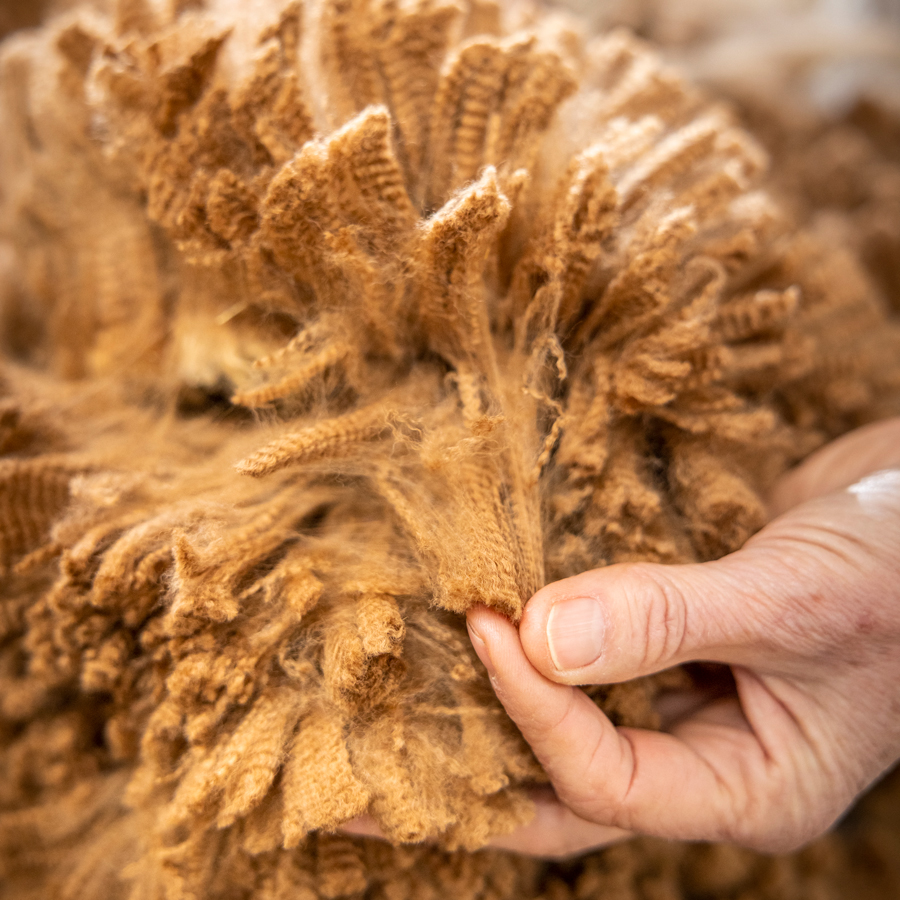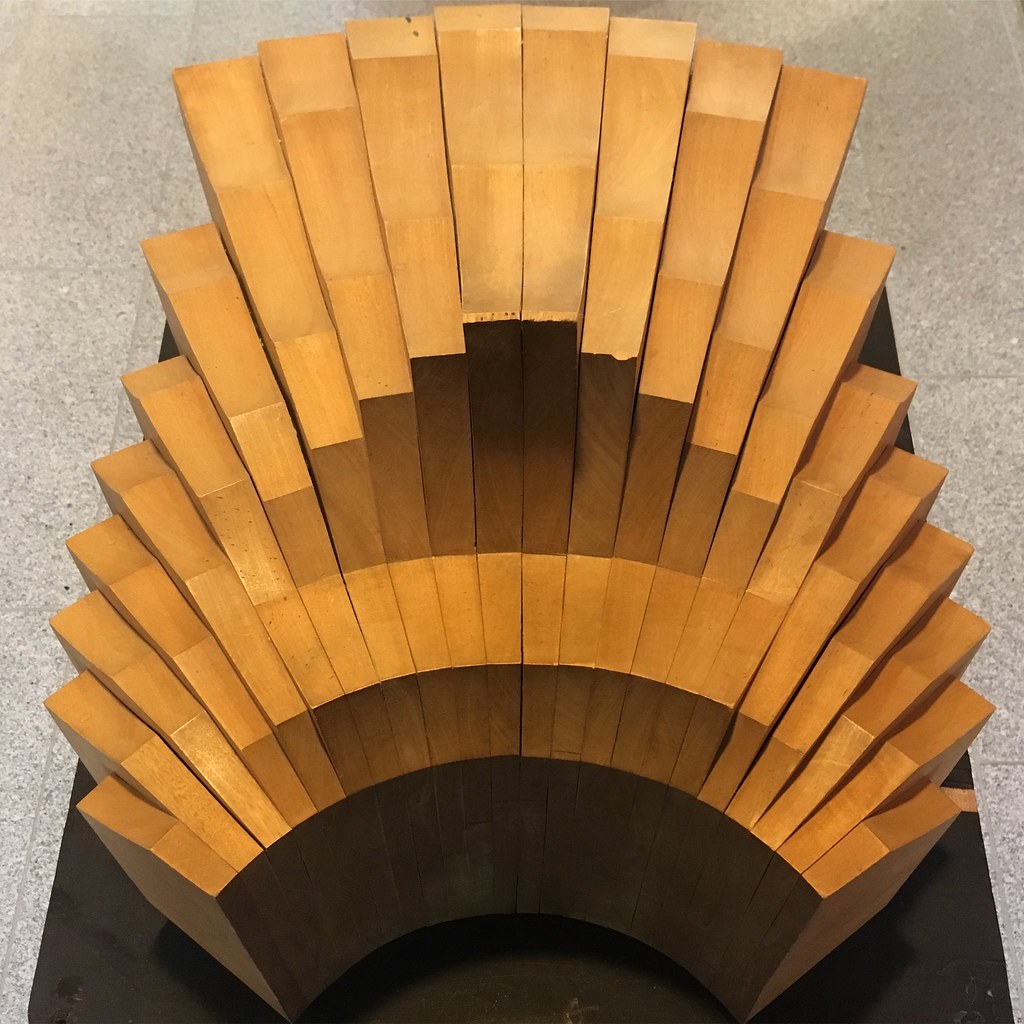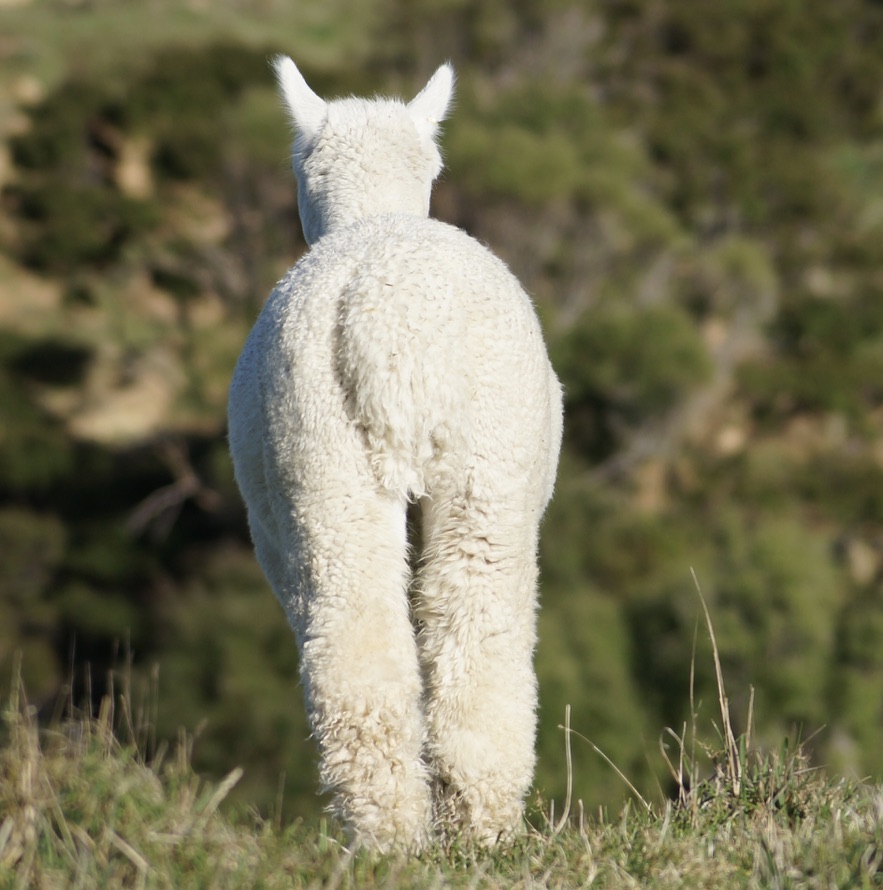Introduction: A Fleece-First Approach to Architecture
Imagine iconic buildings, not crafted from steel and concrete, but meticulously constructed from the soft, sustainable fleece of alpacas. In Auckland, New Zealand, this whimsical vision is becoming a reality. A collective of artists and architects are embarking on a unique project: recreating miniature versions of famous architectural landmarks using locally sourced alpaca wool [1]. This innovative approach blends artistry, sustainability, and a touch of Kiwi ingenuity, offering a fresh perspective on how we perceive and interact with the built environment.
This isn't just about creating cute, fluffy replicas. The project aims to highlight the versatility and eco-friendly nature of alpaca fleece, while also sparking conversations about sustainable building practices and the importance of supporting local industries. From the Sydney Opera House to the Eiffel Tower, these woolly wonders are capturing the imagination of locals and tourists alike.

The Alpaca Advantage: Why Wool is the Word
Why alpaca fleece? The answer lies in its unique properties and sustainable credentials. Alpaca wool is incredibly soft, lightweight, and durable. It's also naturally hypoallergenic, making it a great alternative to traditional wool for those with sensitivities. But perhaps its biggest advantage is its eco-friendliness. Alpacas are gentle on the environment, requiring less land and water than sheep. Their fleece is also biodegradable, reducing waste and promoting a circular economy.
Furthermore, supporting alpaca farming contributes to the livelihoods of local farmers and promotes biodiversity. By using alpaca fleece in architectural projects, the Auckland collective is not only creating beautiful art but also supporting a sustainable and ethical industry.

Recreating the Classics: From Eiffel Tower to Sky Tower
The Auckland collective has already completed several impressive alpaca-fied structures, each meticulously crafted to capture the essence of the original landmark. Here are a few notable examples:
- The Eiffel Tower: A delicate and intricate replica of the Parisian icon, standing at an impressive 2 meters tall.
- The Sydney Opera House: The iconic sails are recreated with layers of carefully shaped alpaca fleece, capturing the building's distinctive curves.
- The Auckland Sky Tower: A local favorite, this miniature version of Auckland's tallest structure is a testament to the collective's skill and attention to detail.
Each structure takes weeks, sometimes months, to complete, requiring a team of skilled artisans and a whole lot of alpaca fleece. The process involves creating a sturdy internal frame, then layering and shaping the fleece to achieve the desired form and texture.

The Process: From Fleece to Form
The creation of these alpaca-fied structures is a labor of love, involving a multi-step process that combines traditional crafting techniques with modern design principles. Here's a glimpse into the journey from fleece to form:
- Sourcing the Fleece: The collective works closely with local alpaca farmers to source high-quality fleece in a variety of natural colors.
- Cleaning and Carding: The fleece is carefully cleaned and carded to remove any impurities and align the fibers.
- Creating the Frame: A sturdy internal frame is constructed using sustainable materials like bamboo or recycled wood.
- Layering and Shaping: The alpaca fleece is then layered and shaped around the frame, using techniques like felting, knitting, and crocheting to achieve the desired form and texture.
- Adding Details: Intricate details are added using a variety of embellishments, such as beads, buttons, and hand-stitched embroidery.

Sustainability and Impact: More Than Just Fluff
Beyond their artistic appeal, these alpaca-fied structures serve as a powerful reminder of the importance of sustainability and responsible consumption. By using locally sourced, biodegradable materials, the Auckland collective is demonstrating a commitment to environmental stewardship and promoting a circular economy.
The project also has a positive social impact, supporting local alpaca farmers and providing employment opportunities for skilled artisans. By showcasing the versatility and beauty of alpaca fleece, the collective is helping to raise awareness of this sustainable resource and encouraging others to embrace eco-friendly alternatives.

Where to See These Woolly Wonders
If you're planning a trip to Auckland, be sure to check out these alpaca-fied architectural marvels. They are often displayed in public spaces, such as parks, museums, and art galleries. Keep an eye on local event listings and social media for announcements of upcoming exhibitions and installations.
You can also visit the collective's workshop, located just outside of Auckland, to see the artisans at work and learn more about the process of creating these unique structures. It's a truly inspiring experience that will leave you with a newfound appreciation for the beauty and versatility of alpaca fleece.
Here's a table of potential locations where you might find these woolly wonders:
| Location | Address | Notes |
|---|---|---|
| Auckland Art Gallery Toi o Tāmaki | Kitchener Street, Auckland CBD, Auckland 1010, New Zealand | Check for special exhibitions. |
| Auckland Museum | Auckland Domain, Parnell, Auckland 1010, New Zealand | Look for temporary displays. |
| Wynyard Quarter | Auckland CBD, Auckland, New Zealand | Outdoor installations may be present. |

Conclusion: A Woolly Future for Architecture?
The Auckland collective's alpaca-fied architecture project is more than just a whimsical art installation. It's a testament to the power of creativity, sustainability, and community collaboration. By reimagining iconic structures in a new and unexpected way, they are challenging our perceptions of architecture and inspiring us to think differently about the materials we use and the impact we have on the environment.
While it's unlikely that we'll see entire buildings constructed from alpaca fleece anytime soon, this project demonstrates the potential of sustainable materials and the importance of supporting local industries. It's a reminder that even the most ambitious architectural visions can be realized with a little bit of creativity, a lot of alpaca fleece, and a whole lot of heart.

So, let's embrace this quirky vision and watch Auckland bloom, one alpaca-fied brick at a time! Who said Auckland is boring? 😊
-JAFA
Comments
Post a Comment